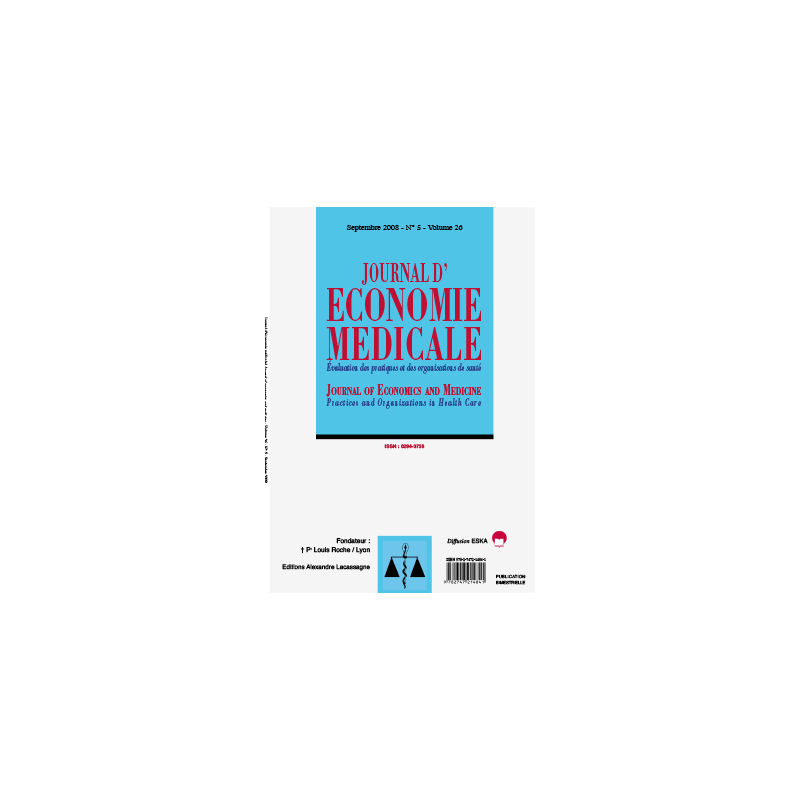



 POUR COMMANDER
POUR COMMANDER
Contactez les Editions ESKA - par téléphone 0142865565 - par mail congres@eska.fr
 CGV
CGV
Consultez nos Conditions Générales de Vente
Abstract
Objectives: Intensity-modulated radiotherapy (IMRT) is an innovative technique that allows for the delivery of a high dose of radiation to the tumour while minimising the dose to surrounding critical structures. The use of IMRT is currently limited in France because its implementation requires high investments and staff costs. Our study aims to compare the direct costs of IMRT versus three-dimensional conformal radiotherapy (CRT), which is the standard treatment for the selected pathologies, in selected clinical situations. Methods: A national, prospective, non-randomised study was conducted by eight French anticancer centres in patients with clinically localised prostate cancer, or head and neck cancer. Economic data was collected in order to measure (a) staff and consumable costs, as well as (b) maintenance and equipment costs. This allowed for the study of “direct” costs, from a societal point of view. Results: The economic study was conducted over eighteen months and included 157 patients: 71 were treated by CRT and 86 by IMRT. The study distinguished the learning phase from routine IMRT use, and allowed for the comparison of routine IMRT and routine CRT. Comparing the two showed an additional cost per patient with IMRT, particularly on equipment (1655€) and staff (898€) among patients with head and neck cancer, and above all on equipment (2025€) for patients with prostate cancer. Conclusion: In an early phase in its implementation, the cost of IMRT is markedly higher than that of CRT. This is linked to the increase in staff time for dosimetry and quality control, as well as the costs of specific equipment. A significant drop in costs is to be expected when IMRT becomes a “stabilised” technique with standardised quality control procedures.
Key-words:
Economic evaluation, Cost, Innovation, Intensity-modulated radiotherapy, Threedimensional conformal radiotherapy.